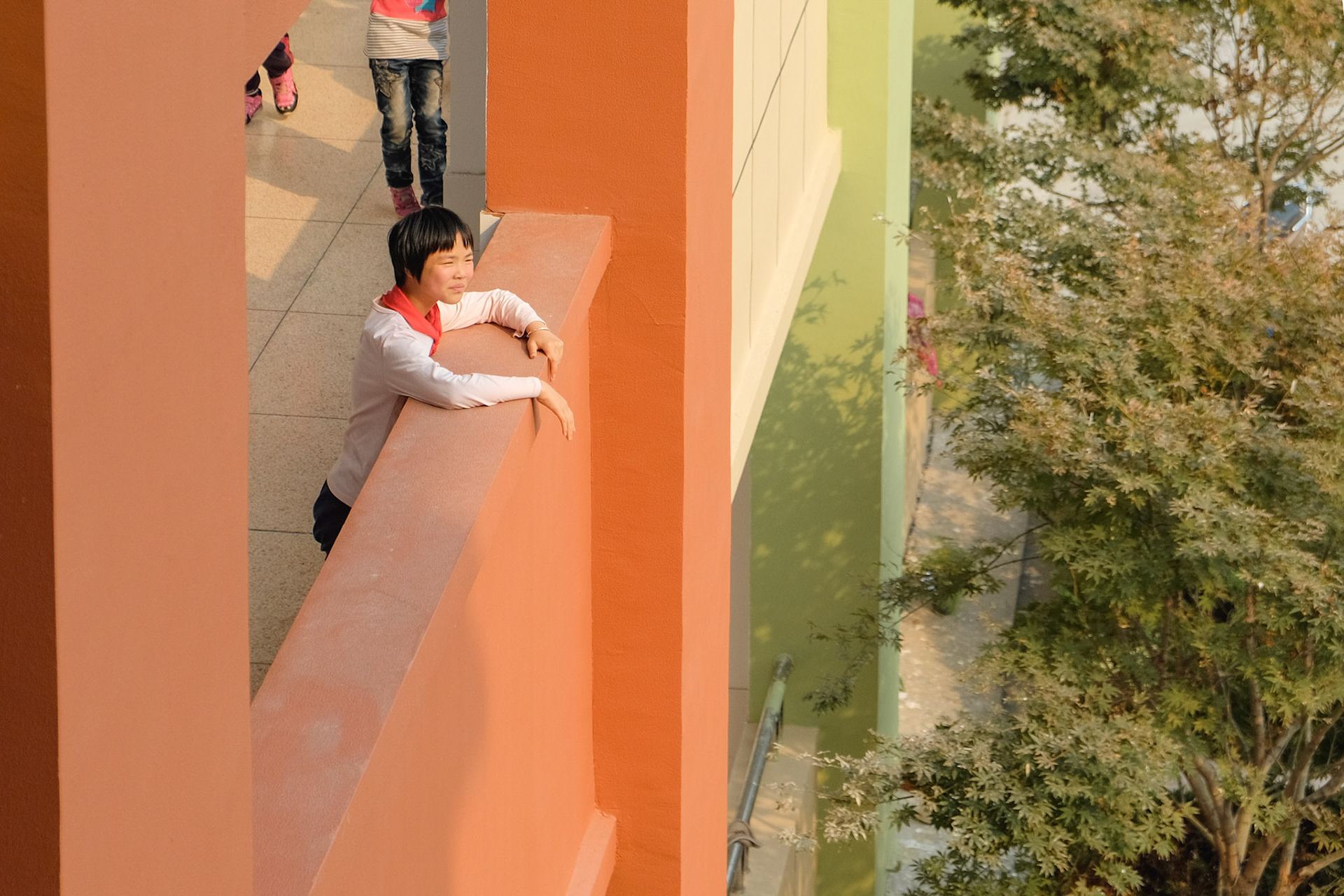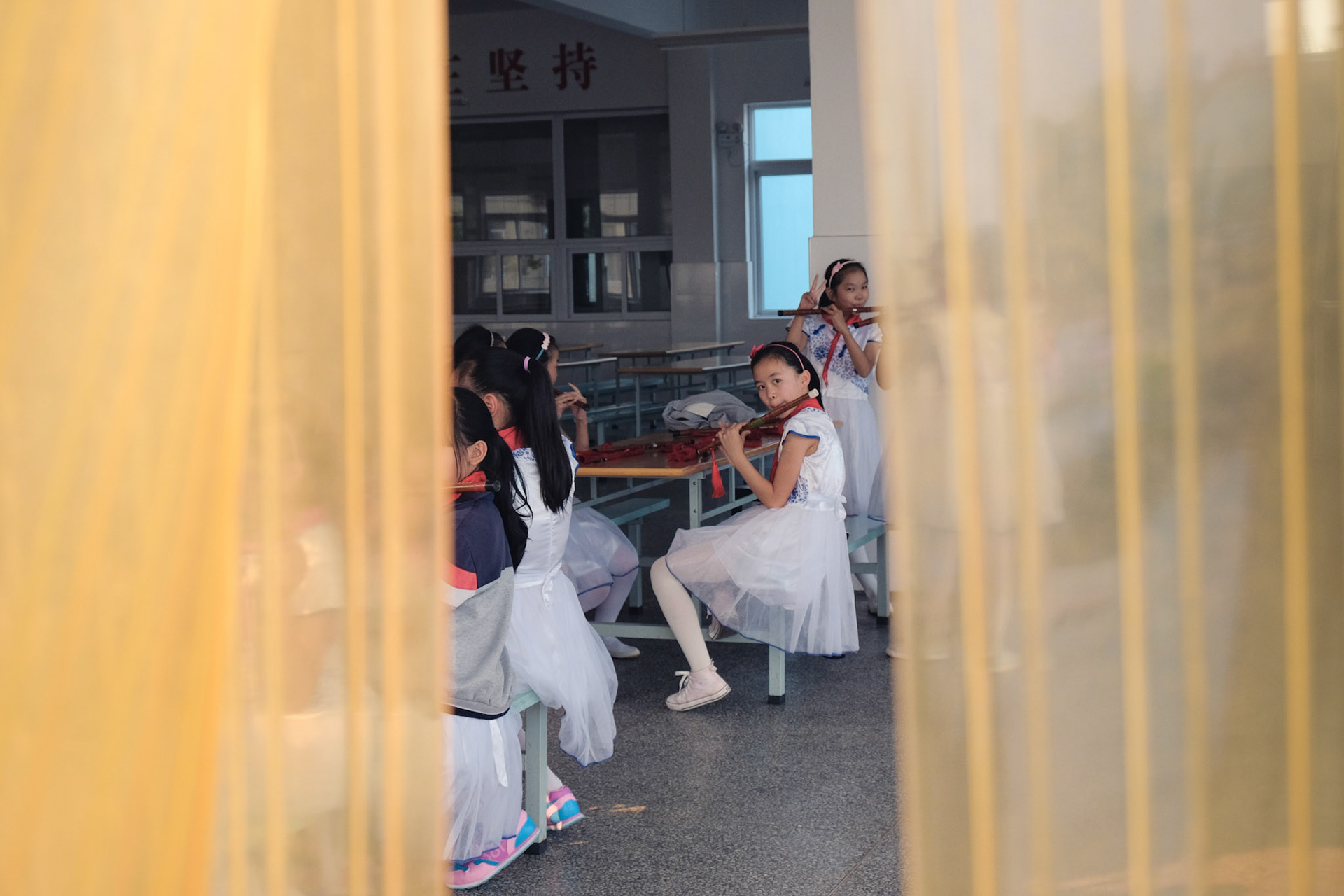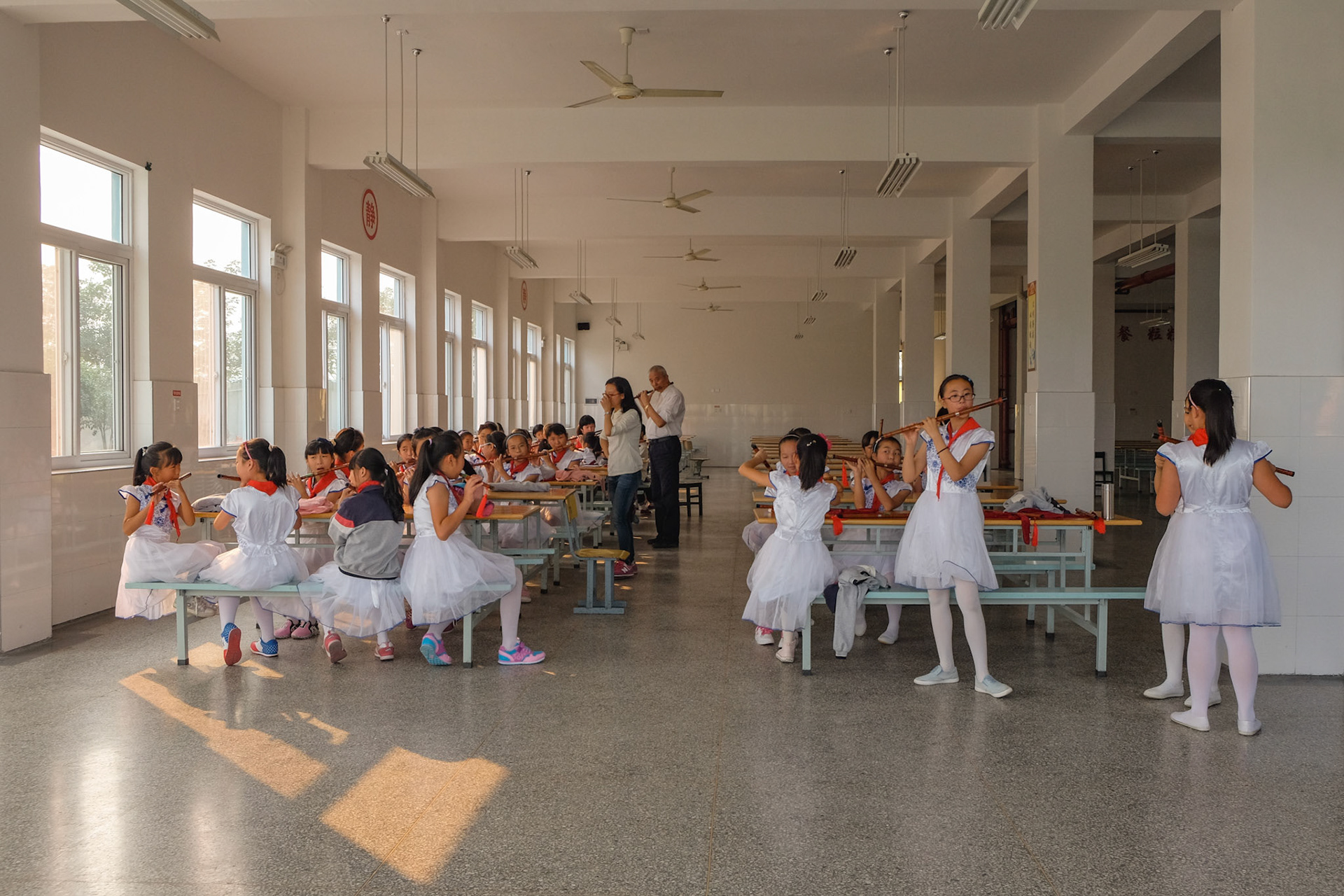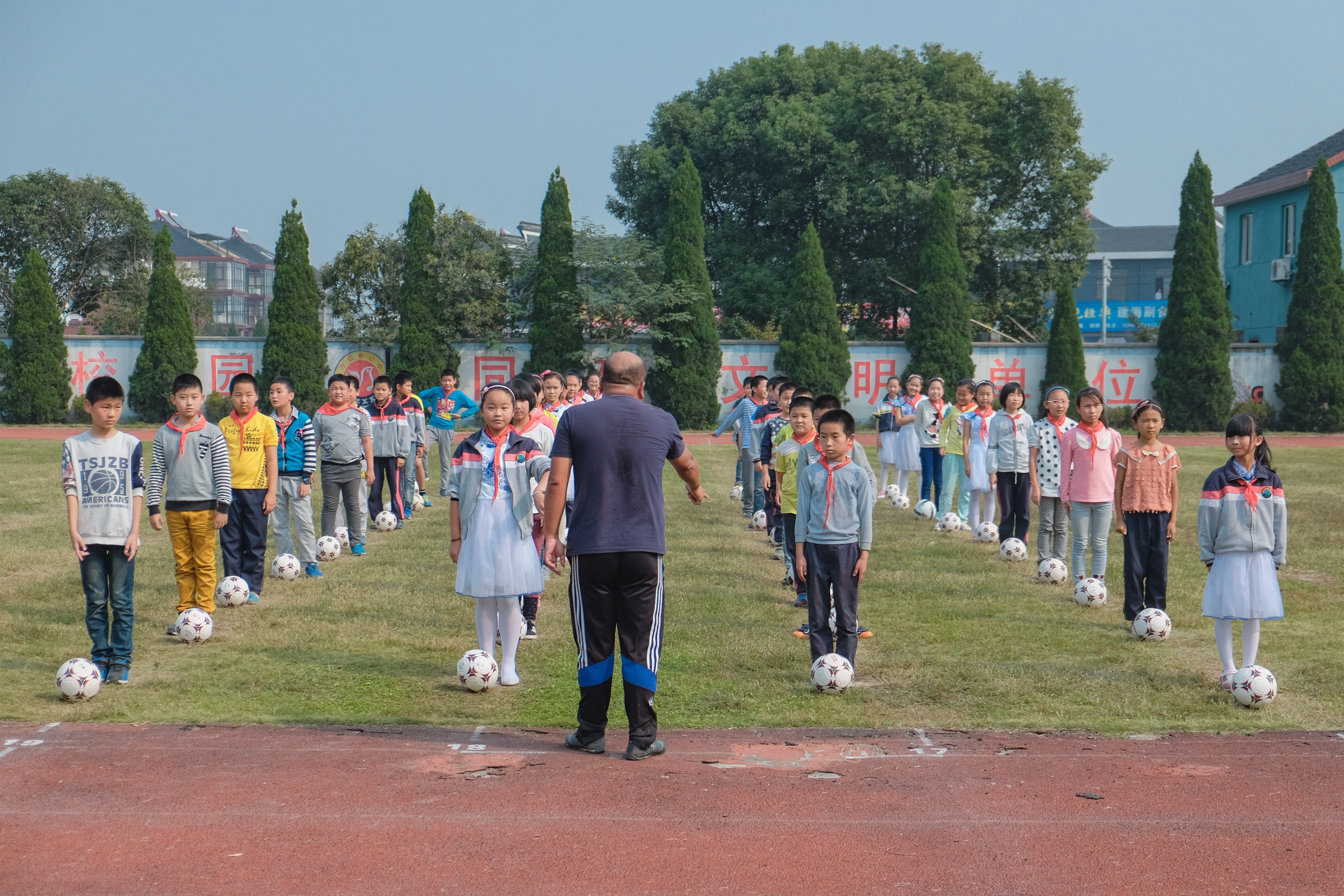Despite the monolithic image that China seeks to project beyond its borders, the country undeniably possesses two distinct and competing identities. On one hand, there are its industrialized, modern megacities, showcasing its power and progress. On the other, there are its agricultural and rural villages, often romanticized by state propaganda as the heart and true essence of the nation.
While efforts to bridge the gap have made progress, the two areas continue to develop at vastly different speeds, making full reconciliation nearly impossible. This divide is not only about access to investment and funding but, perhaps more critically, about the limited opportunities available for new generations to change their future.
Government initiatives aimed at leveling the playing field in education have grown in recent years, yet schools in rural areas continue to struggle with insufficient funding, outdated facilities, and a shortage of qualified teachers. In China’s hyper-competitive education system—and, by extension, its job market—students in rural areas have little to no chance of competing with their urban peers, perpetuating a cycle of inequality that further entrenches social class disparities.
"Rural Education" follows a day in the life of students at Central Elementary School in Xishi, a small village along the banks of the Yangtze River in northern Zhejiang province, as they prepare for a Mid-Autumn Festival performance for their parents. While some practice soccer drills on the field outside the school, others rehearse playing the dizi, a traditional Chinese transverse flute.
In 2014, the school’s dean introduced new classes focused on sports and music to promote the emotional, social, and physical development of students. Recognizing the disadvantaged position their students would likely face in life, the school board adopted a more human-centered approach. While this may offer some comfort, it also suggests a resignation to the challenging future these children are likely to encounter.








